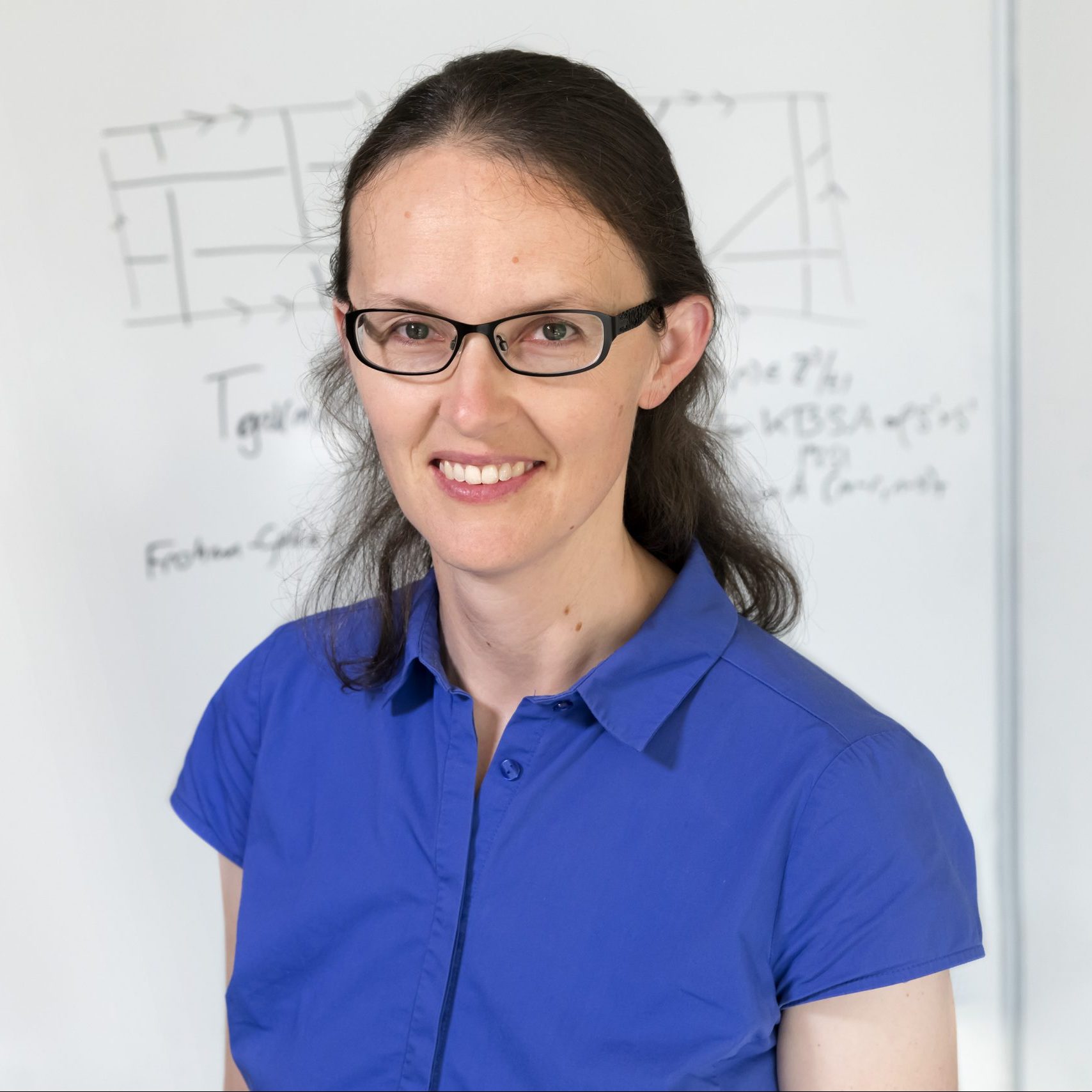Hyperbolic Knot Theory
Lecturer
Professor Jessica Purcell, Monash University
Synopsis
A mathematical knot is a circle embedded in the 3‐sphere, and two knots are equivalent if they can be smoothly deformed into each other. Mathematicians seek to classify and distinguish knots. One important tool in modern knot theory (and geometric topology more broadly) is hyperbolic geometry. In an appropriate sense, “most” knots have complements in the 3‐sphere that admit hyperbolic geometry. By Mostow‐Prasad rigidity, a hyperbolic structure is a complete knot invariant. This unit will introduce hyperbolic geometry and its role in knot theory and 3‐manifold topology.
Course Overview
Specific topics will likely include: geometric structures, including developing map and holonomy; Thurston’s gluing and completeness equations and their use in computational tools; discrete subgroups of isometries of hyperbolic space and the thick‐thin decomposition; incomplete structures and hyperbolic Dehn filling; and many examples of hyperbolic knots, including twist knots, fully augmented links, 2‐bridge knots, and alternating knots.
Prerequisites
- Solid background in writing and reading mathematical proofs is essential.
- We will discuss groups (abstractly and acting on spaces), so a 2nd or 3rd year algebra unit would be helpful.
- We will build maps using analytic continuation, discuss complete spaces, compact manifolds, and continuous maps, so a 2nd or 3rd year unit in analysis would also be helpful, although I will remind students of the required definitions.
- A student who has taken topology and/or geometry may have some advantage when we build developing maps (with domain the universal cover) and holonomy representations (of the fundamental group), but I will not assume any prerequisites in topology and will define the necessary spaces and groups required as we go.
- Most of the tools and techniques in the subject will be new to all students, as they are typically not covered in any undergraduate curriculum, so I expect that a diligent student who is comfortable with proofs in pure mathematics will be able to keep up.
While algebra and analysis are strongly recommended, I will try to make the unit accessible to Honours students who are comfortable with mathematical proofs, provided they are willing to learn basics of groups on their own (if they have not taken algebra), or basics of analysis such as completeness (if they have not taken analysis).
The course is more foundational than expert, but for pure mathematics.
Assessment
- 4 weekly assignments (55%)
- 4 weekly presentations or quizzes (5%)
- Take home exam (40%)
(may be subject to change)
Attendance requirements
Participation in all lectures and tutorials is expected.
For those completing the subject for their own knowledge/interest, evidence of at least 80% attendance at lectures and tutorials is required to receive a certificate of attendance.
Resources/pre-reading
This subject will follow the textbook Hyperbolic Knot Theory, by Jessica Purcell, access to the content will be provided during the course.
Not sure if you should sign up for this course?
Take this QUIZ to self-evaluate and get a measure of the key foundational knowledge required.

Professor Jessica Purcell
Monash University
Jessica Purcell is a Professor of Mathematics at Monash University, with research in geometric topology. She obtained a PhD in Mathematics from Stanford, held postdoctoral positions at the University of Texas at Austin and Oxford, and worked at Brigham Young University before arriving at Monash in 2015. She has held various fellowships, including an ARC Future Fellowship in Australia, a Von Neumann Fellowship at the Institute for Advanced Study, and a Sloan Research Fellowship, and held a CAREER award from the National Science Foundation of the USA. She is currently the President of the Australian Mathematical Society.
